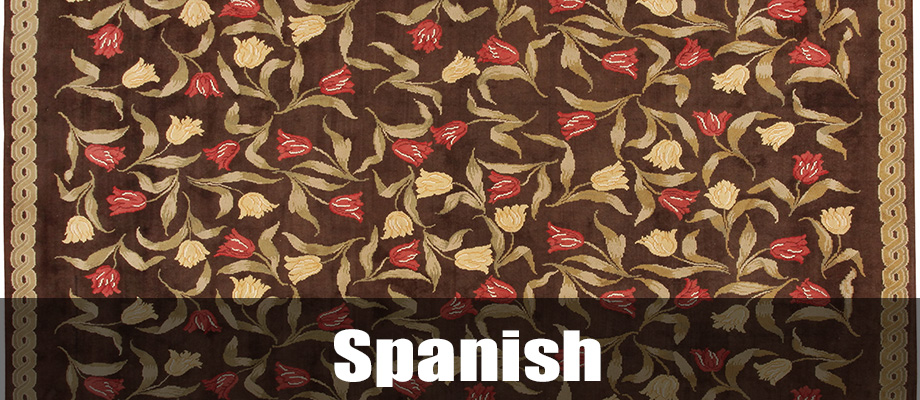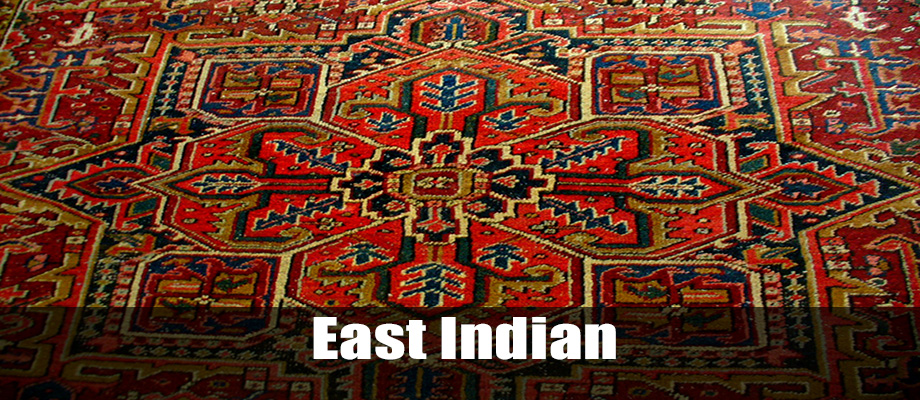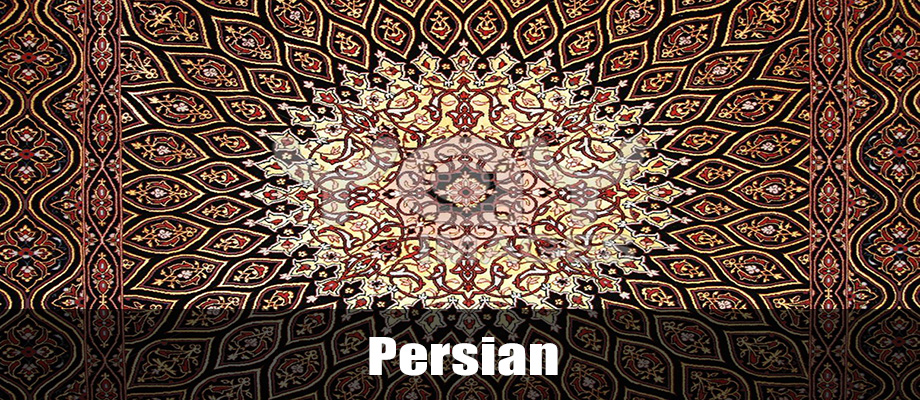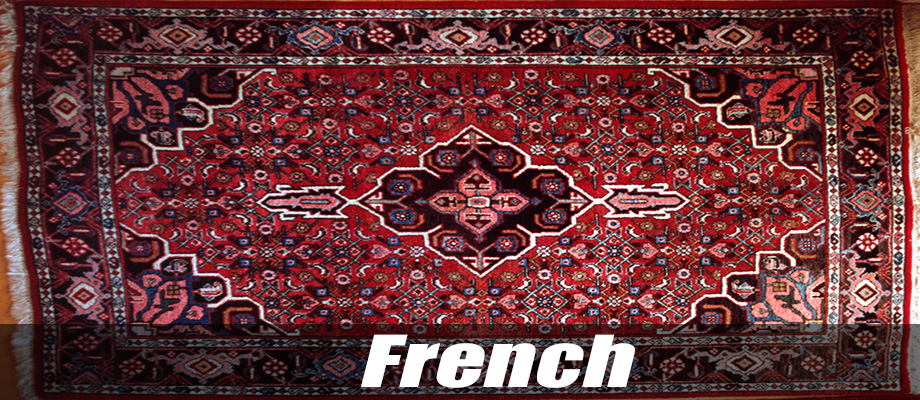Spanish Rugs
Spain has roots back to the Persian Empire. The Eastern invasion of Spain happenned early in history well before the days of commercialization and mercantilism. Furthermore, even well after the end of the occupation the architecture, the art, and the culture remained. Spainish textile industries revolved around the eastern culture. However, the skill of the Persian and eastern weavers has eclpsed the spainish rugs but to this day, their are a couple really nice features of spainish rugs. The main point of spainish rugs is that the rug does not have the outer border. The Persian system of inner design wrapped by outer design was purpotedly changed so that the spainish weavers could more rapidly produce rugs. This technique helped to discern the Spainish weavers from their counterparts in Persia. In addition, this style of borderless rugs makes rugs that are able to seemlessly blend in with their environment allowing for the use of these as simple decorative pieces rather than as prominent parts of the room. Since Spainish rugs can have characteristics of both carpet and rugs, it is important to have a rug cleaner who has equipment to do both do both.
Borderless Example
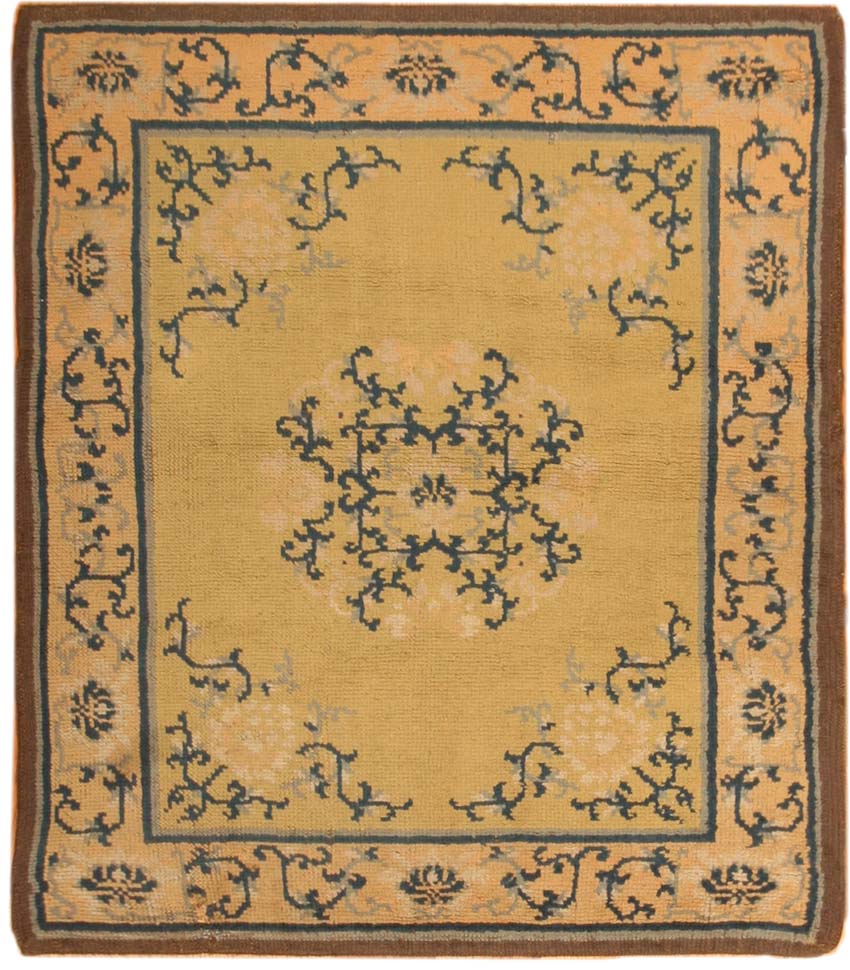
This is an example of the minimalist border that the Spainish used. This method allowed for faster and cheaper production that used less material and less dyes since the entire rug could blend together. These rugs did not make use of the bold contrasting borders that the Eastern designers used.
Spainish Carpet
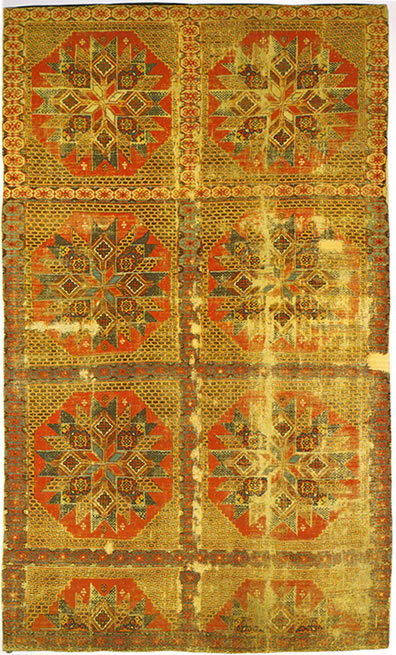
This is an example of multiple borderless rugs put together to build an ornate design. The Spainish carpet like this was popular amongst the nobility in the Spainish Middle ages. This in particular was found in Toledo which was once the capitol of Spain.
